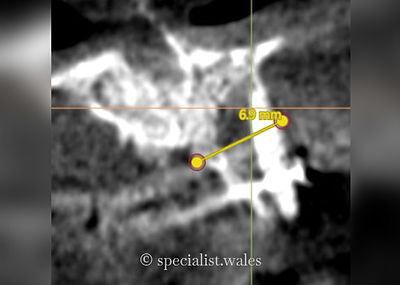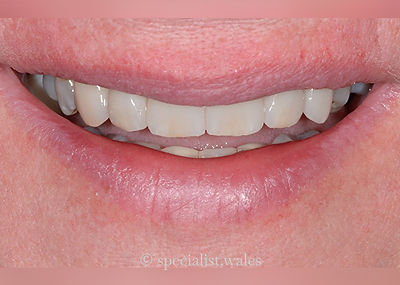
BONE GRAFTING FOR DENTAL IMPLANT IN CARDIFF
Bone grafting to facilitate dental implant placements
Bone grafting techniques are used in cases where we wish to place dental implants but do not have enough volume of natural bone in the site in which to place an implant directly in to. Grafting can be performed in a number of different ways depending on the clinical problem. These can involve using demineralised freeze-dried bovine (cow) bone held in situ using either a porcine (pig) collagen membrane or polytetrafluoriethylene (PTFE) membrane. For larger grafts the bovine bone is mixed with some of the patients bone collected from the local area. We also sometimes use small blocks of the patient's boen taken from their wisdom tooth region where it is not needed and transfer it to the site that is deficient. The grafts are left from 4 to 9 months depending on the technique used and the volume of bone being regenerated prior to dental implant placement. Sometimes we can perform a more minor bone graft procedure at the same time as placing the dental implant. Dr Mallorie has been performing bone grafting procedures since 2006 and has trained extensively in this field under some of the top surgeons in the World so he is well armed with a number of predictable techniques to help regenerate bone to allow for implant placement.
CASE EXAMPLES
Bone grafting to facilitate dental implant treatment
EXAMPLE 1
Bone defect left following extraction of an infected tooth. Bone was then regenerated prior to implant placement.




EXAMPLE 2
Bone defect grafted prior to placement of a dental implant.
BEFORE

AFTER











